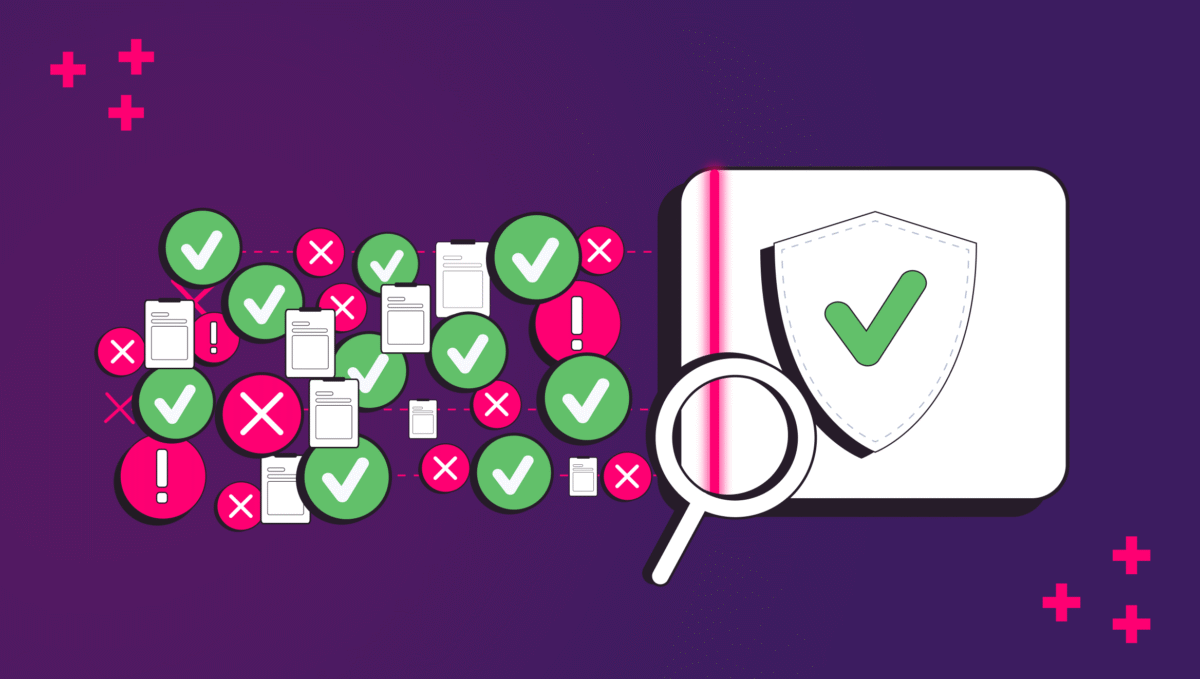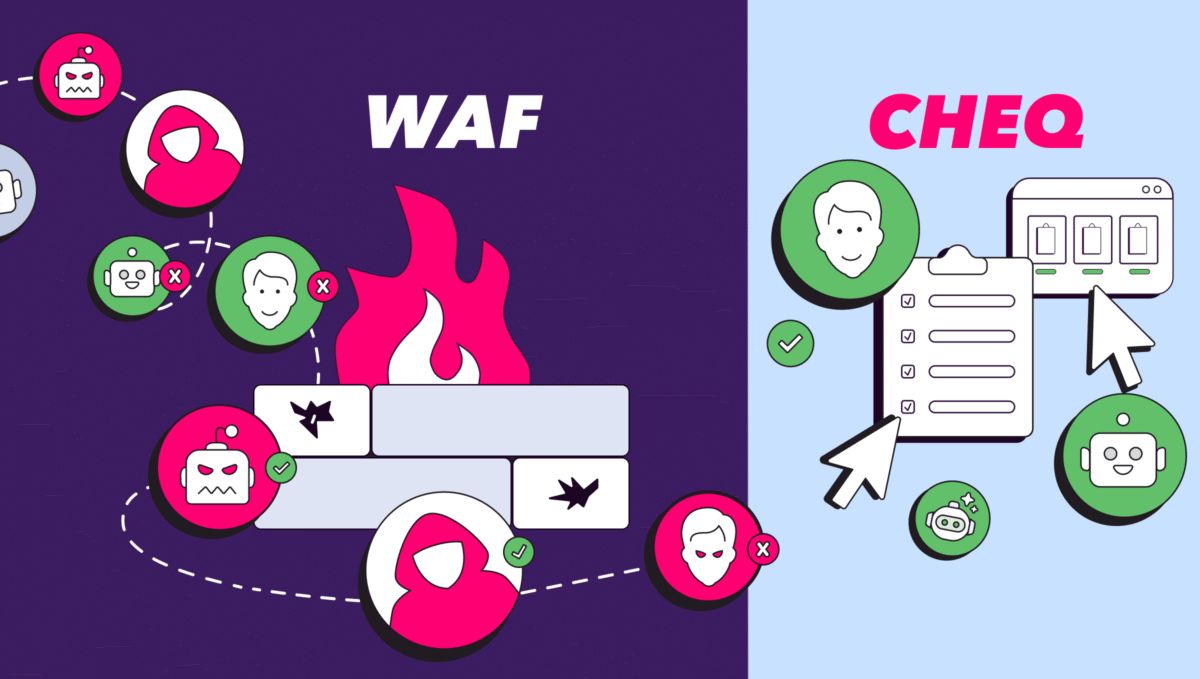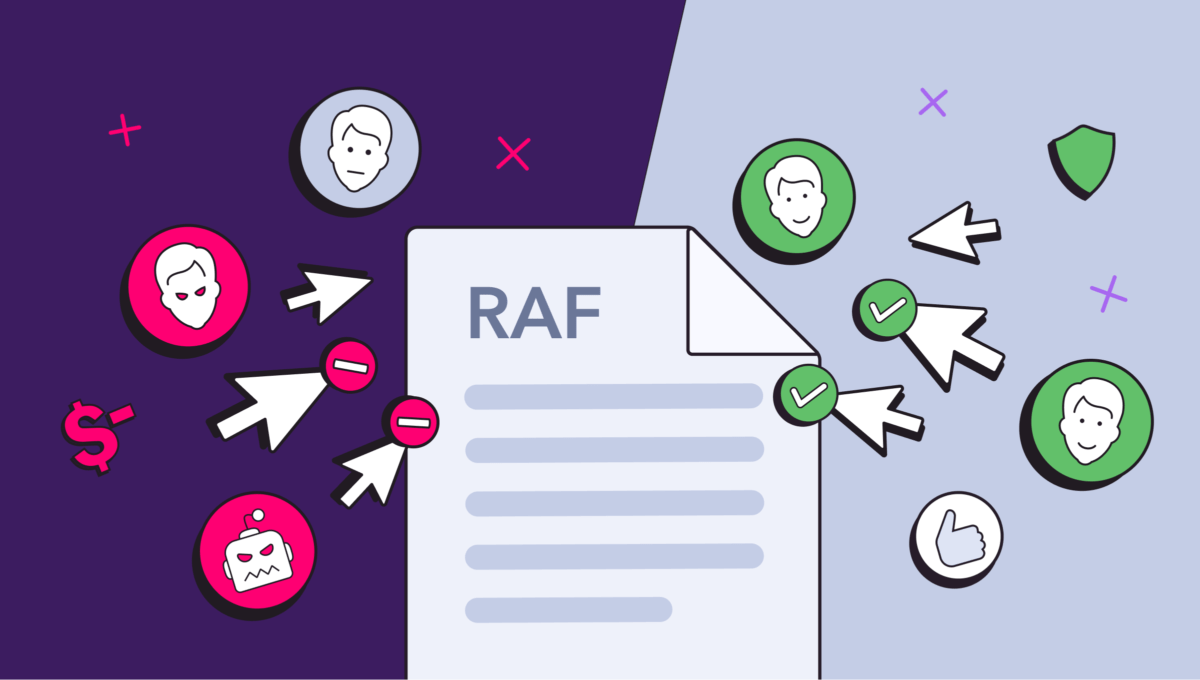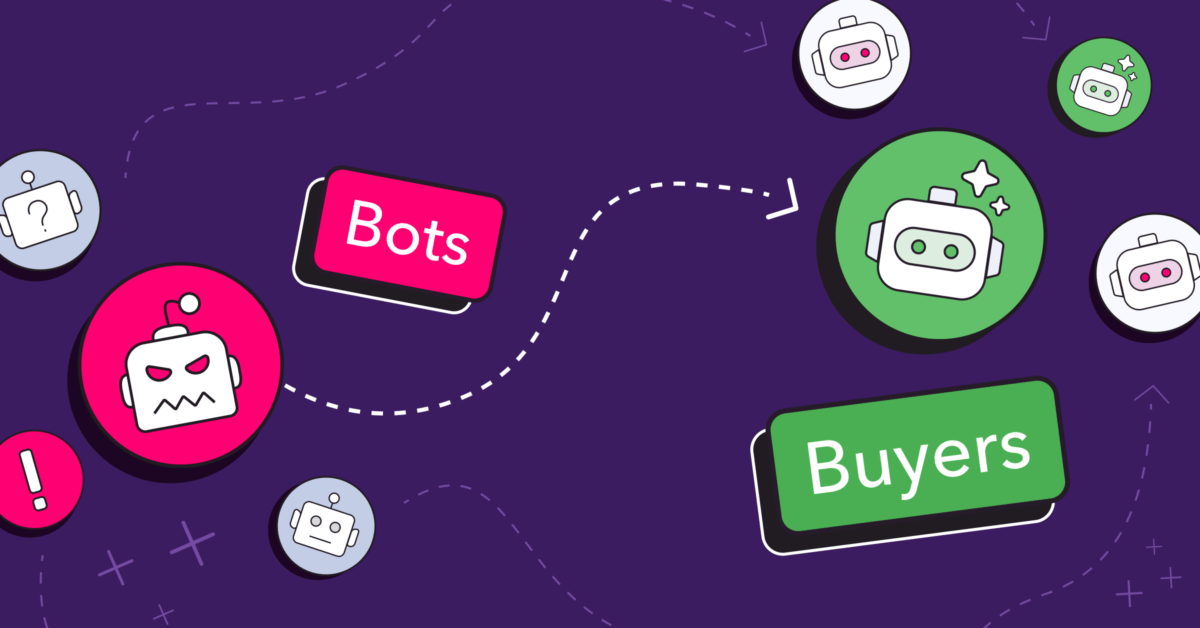How ad fraud bots waste SaaS ad budgets
Jonathan Marciano
|Marketing | December 17, 2020

Software-as-a-service has never been bigger. Gartner estimates that SaaS is forecast to grow to $117.7 billion revenue in 2021. With more than 75,000 SaaS companies globally, and show-stopping deals such as Salesforce’s 27.7bn buying of Slack, the industry is growing apace, becoming synonymous with game-changing startups. The trend has only been accelerated by COVID-19. Sid Nag, research vice president at Gartner says: “The ability to use on-demand, scalable cloud models to achieve cost efficiency and business continuity is providing the impetus for organizations to rapidly accelerate their digital business transformation plans.”
The vital role of marketing in filling the funnel
Using the levers of digital marketing to fill the SaaS marketing funnel is one of the most important deliverables, showing investors or shareholders the long-term ability of SaaS companies to deliver recurring and predictable growth. In particular, digital spend involves “getting new logos” of customers using the software, which relies on demand generation experts. Jason Lemkin, founder of SaaStr, who co-founded two SaaS businesses: EchoSign, acquired by Adobe, and NanoGram Devices, which was acquired for $50 million, says: “Demand Gen folks are all about the numbers. Spend $Y, create Z leads, that should be worth 5x $Y in revenue.”
Marketing spend in SaaS companies analyzed
Charlene Chen, CMO of investors Insight Partners, which has invested in hundreds of high-growth SaaS companies, including DocuSign, Shopify, and Wix, analyzed marketing spend across their portfolio. She found that marketing spend is typically 29% of total go-to-market spend. Chen says roughly 36% of marketing spend in SaaS goes to events (pre-COVID-19), 8% to content, and 36% to digital paid campaigns. Digital includes search (notably Google Ads), reaching a large number of people within their target audience searching with intent and paid advertising, primarily LinkedIn, Facebook, and Twitter.
No logos when bots click on 7% of ads
However, SaaS companies are finding that the gears of this lead machine are being crunched by bots that arrive in the digital ad buy. Since being launched, CHEQ for PPC (hey, another SaaS success story) has seen hundreds of top software companies relying on cybersecurity-based click fraud protection. Based on an analysis of campaigns we are able to show that invalid (non-human) bot clicks account for 7% of clicks on campaigns across all SaaS paid search and paid social ad campaigns. By monitoring bots entering paid campaigns, we can see what bots do on top software sites after clicking on ads.
Company-expensed bots fill out free trials, sign up for demos or “begin pilots”. Fraudsters operating bot networks manage this in sneaky ways. If email verification is needed to sign up for a demo or white paper, the fraudster controls the email addresses he inputs. This can be done in various ways: buying bulk addresses redirecting every email to an email address the fraudster controls and automating the clicking of verification links. They can often buy and use domains with made up names to generate email.
The impact on the business
In thousands of cases “Get a Demo” ads don’t drive revenue. They just drive bot leads that don’t close. To make clear: bots don’t have intent or BANT, and definitely don’t champion a multi-stakeholder, complex B2B sale over a 90-180-day sales cycle. Marketers celebrate that they’re collecting “leads” that firmographically fit the ideal customer profile. But this proves an expensive, inefficient proposition when you are spending $100-$300 per “lead” with SDR left to sift through the junk.
Personas of bots on SaaS sites
What’s more, the persona of bots continues to hurt the site even after all this chaos.
Returners
Bots return, often after clicking. In one week one CHEQ for PPC SaaS client saw 2117 bots return 34031 times.
Scrapers
There are scrapers – automated collecting of large volumes of data from web pages and applications by bots and stealing vital IP and content.
Long-distance lovers
Bots pretend to be an ideal customer profile, but through obfuscation of where they are coming from and who they are, are often from irrelevant countries to your business. One in five bots used VPNs or other obfuscation methods to pretend to be US, UK, or Japanese execs. In fact, the attack came from Pakistan and Vietnam in many cases.
Where do these bots come from?
Paid social
With increasing spend on B2B platforms, CHEQ for PPC protects ad wastage on channels such as LinkedIn, Twitter, Pinterest, or Facebook with high costs. Indeed, two tech companies, TopDevz,an HR SaaS platform, and fellow recruiting platform Noirefy alleged in a class-action complaint in December 2020 they were taking action on incorrect measurement seeking to protect spend on spiraling amounts to reach target audiences.
Search ads: Clicking on your brand name
Our analysis of SaaS campaigns also shows in 70% of cases, bots are found to click on branded search terms (that is, a company name such as Salesforce and Slack). Search Engine Marketing expert, Loretta Jones, former VP Marketing of SaaS companies, Delighted, and AdobeSign, says that search is vital in the sector. “It is really good to get people to sign up for a free trial. If you are a SaaS enterprise company you need to use SEM to promote your assets and whitepapers, to just collect information from customers and nurture them.”
However, she warns: You are putting this much money in, you need to know what you are getting out.”
Competitor click fraud
Then there is competitor click fraud. In some cases, this involves manual clickers of your competitor taking turns to deplete your ad budget, and other cases are bot driven (renting of bot networks is only about $25). Callum McKeefery Founder & CEO of REVIEWS.io, which offers a SaaS solution allowing clients of a business to review their product or service online, says: “This has happened to us a lot. A competitor has continuously clicked on our paid ad. There was one device in Melbourne, Australia that clicked on our ad, once every couple of days, but on really expensive keywords. These keywords cost between $13 and $19 a click. Competitors are doing this on hundreds of devices.”
Investors come calling when bots suspected of driving traffic
Investors are very clued up about the danger of ad fraud. There have been numerous investors taking court action against supposed manufacturing of, or turning a blind eye, to inflating bot activity, and where billion-dollar companies have been accused of attracting only virtual eyeballs, and in other cases law firms roll on the bandwagon seeking redress for investors when scant attention has been paid to the problem. It has become imperative to take this seriously.
Conclusion
The SaaS sector is probably the most unforgiving arena for fake bot metrics. Lemkin says: “With the recurring revenue models in SaaS, it’s much harder to fake it until you make it. You’ve got to put the numbers up every month.”
The hard truth is that if there are bots and invalid clicks in the SaaS funnel, at some point, the sums will no longer add up.
Protect yourself from bots damaging your SaaS business, and get your free CHEQ for PPC trial today.
P.S.
Want to protect your sites and ads? Click here to request a demo.














